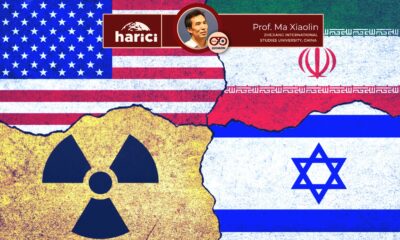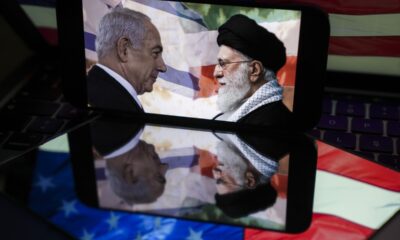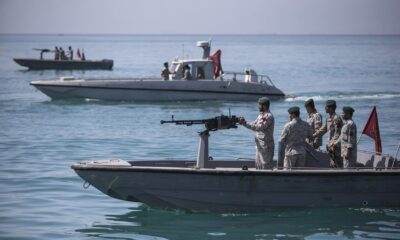America
The de facto US intervention in Haiti is under way
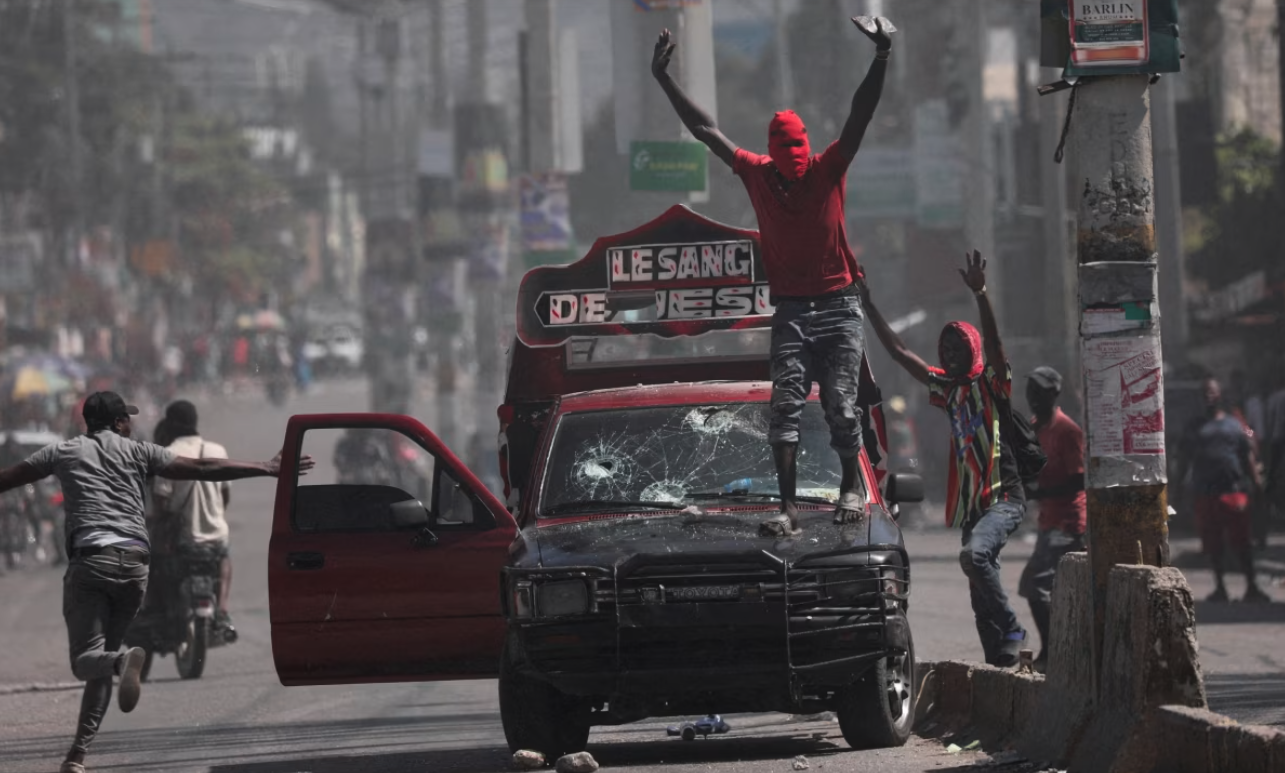
Haiti’s unelected prime minister, Ariel Henry, said on Monday he would step down following the appointment of a transitional council and interim prime minister after leading the Caribbean country since the assassination of its last president in 2021.
Under Henry’s rule, armed gangs have greatly increased their wealth, influence and territory, leading to the establishment of a United Nations-backed security mission led by Kenya.
Last week, Henry travelled to Kenya to seek support. But the conflict escalated dramatically in his absence, leaving the 74-year-old neurosurgeon prime minister stranded in the US territory of Puerto Rico.
“My government will resign as soon as a (transitional) council is formed. I want to thank the Haitian people for this opportunity,” Henry said in a late-night video address.
Haitians celebrated in the streets after Henry’s statement went viral on social media, urging all Haitians to remain calm and do everything in their power to restore peace and stability as quickly as possible.
Henry’s resignation agreed with the US in Puerto Rico
Reuters quoted a senior US official as saying that Henry was free to stay in Puerto Rico or travel elsewhere, but that security in Haiti needed to improve before he could return home. The official said the resignation was agreed on Friday, revealing US involvement in the process.
Henry will be replaced by a Presidential Council of seven voting members, including two observers and representatives of various political coalitions, business, civil society and a religious community.
The council has been tasked with quickly appointing an interim prime minister; no one who wants to run in Haiti’s next elections will be able to do so.
The country has been without elected representatives since early 2023, and the next elections will be the first since 2016. Henry, who is seen by many Haitians as corrupt, has repeatedly postponed the elections, saying that security must first be restored.
The US brings the countries of the region together
Regional leaders met in nearby Jamaica on Monday to discuss the framework for the political transition process, which the US last week called for to be ‘accelerated’ as armed gangs try to overthrow the government.
US Secretary of State Antony Blinken said on Monday that the council would be tasked with addressing the ‘immediate needs’ of Haitians, ensuring the deployment of the security mission and creating the security conditions necessary for free elections.
Henry’s resignation comes amid regional talks on his request to join an international force to help police fight gangs whose brutal turf wars have fuelled the humanitarian crisis, cut off food supplies and driven hundreds of thousands from their homes.
Uncertainty of transfer in financing of ‘aid’ to Haiti
US Secretary of State Antony Blinken said on Monday that the US would provide $100 million for the force and $33 million in humanitarian aid, bringing the total US commitment to the force to $300 million.
But it was unclear how long it would take for the funds to be approved by lawmakers and transferred. A UN spokesman said that as of Monday, less than $11 million had been paid into the UN’s special trust fund and that no new contributions had been made since Haiti declared a state of emergency on 3 March.
Mexico’s foreign minister added that the country had contributed an unspecified amount of funds and called for further action to stop arms trafficking to Haiti.
Many Haitians inside and outside Haiti are wary of international intervention after previous UN missions left behind a devastating cholera epidemic and sexual abuse scandals that have never been resolved.
Gangs’ weapons come from the US
The UN believes Haitian gangs have amassed large arsenals, much of it made up of weapons smuggled from the United States.
A state of emergency was declared in Haiti earlier this month after Jimmy ‘Barbecue’ Cherizier, the leader of an alliance of armed groups, said they would unite and overthrow Henry, as clashes damaged communications and led to two prison breaks.
The UN estimates that more than 362,000 people, half of them children, have been internally displaced and thousands have been killed in the conflict since 2021, with widespread rape, torture and kidnapping for ransom.
The Financial Times writes that many of the country’s gangs are believed to receive significant support from Haiti’s elite. According to InSight Crime, which investigates criminal networks in Latin America, G-9 received half of its income from the government of President Moïse before he was assassinated in 2021.
Gang leader’s ‘bloody revolution’ statement
Cherizier, the leader of the G-9 gang in Haiti and a former policeman, threatened to go after hotel owners who hid politicians or collaborated with Henry.
Barbecue’ also demanded that the country’s next leader be elected by the people and live in Haiti with his family. Many influential Haitian politicians live abroad.
“We are not in a peaceful revolution. We are in a bloody revolution in the country because this system is an apartheid system, a bad system,” he said.
According to the FT, in the vast slums under Cherizier’s control, where there are no state services such as sewers, electricity or running water, there are murals depicting him as the Argentine revolutionary Che Guevara.
Who is the leader of the ‘Barbecue’ Cherizier gang?
A Guardian correspondent makes a similar observation. The gang leader, who claims to present himself in interviews as a “God-fearing Caribbean Robin Hood”, has paid tribute to freedom fighters such as Fidel Castro, Thomas Sankara and Malcolm X. When they met last year, he told New Yorker reporter Jon Lee Anderson: “I like Martin Luther King too. But he didn’t like to fight with guns, and I fight with guns.
In an interview with Vice in 2022, Chérizier described his favela army as ‘a socio-political structure and a force that fights for the defenceless’.
For some time now, ‘Barbecue’ has frequently taken Western media organisations into the areas under his control and given interviews.
Cherizier, the youngest of eight children whose father died when he was five, has said he was inspired by François Duvalier, the brutal dictator who ruled Haiti from 1957 to 1971. But ‘Barbecue’ claims he would ‘never slaughter’ people of the same social class as himself.
According to the UN, gangs like the G-9 now control about 80 per cent of the capital, Port-au-Prince. They extort money from businesses and kidnap residents, rich and poor, for ransom, while fighting each other for territory. With only 9,000 members, the police force is understrength.
Despite his efforts to portray himself as a pro-people politician, Cherizier is accused by the UN of taking part in several massacres, some of which took place while he was still a police officer. In one of them, more than 71 people were killed, 400 houses set on fire and at least seven women raped by gangs in the Port-au-Prince slum of La Saline in 2018.
As well as Cherizier and the G-9 gang, Johnson Andrï, known as ‘Izo’, and the 5 Seconds gang have also made a name for themselves. There are an estimated 200 gangs in Haiti, 23 of which are believed to operate in the Port-au-Prince area.
America
US used pro-Israel Canary Mission website for deportation efforts, records show
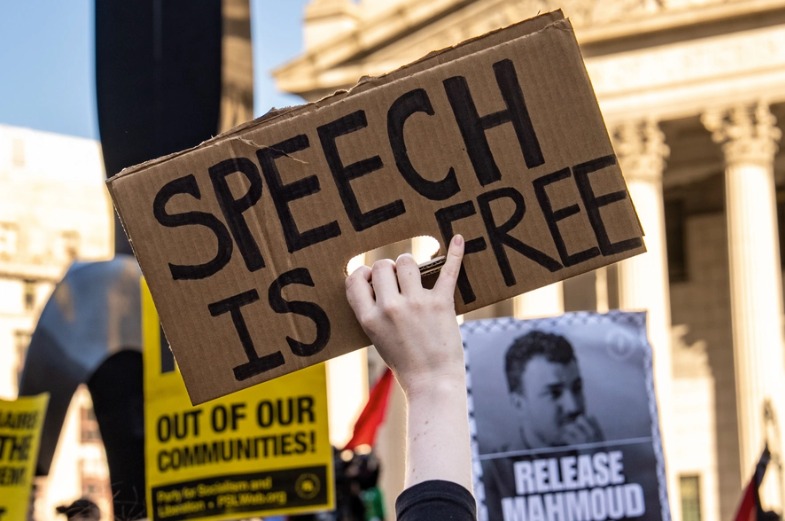
The US government has reportedly used the pro-Israel Canary Mission website in its deportation activities.
It has been revealed that the US administration relied heavily on a pro-Israel website named Canary Mission to identify pro-Palestinian academics for deportation.
According to records, to support Donald Trump’s deportation initiative, the Department of Homeland Security established a “tiger team” of intelligence analysts who compiled files on approximately 100 foreign students and academics involved in pro-Palestinian activities.
Deposition records released this week in a lawsuit challenging the Trump administration’s targeting of pro-Palestinian academics show that more than 75 of these individuals were identified by Canary Mission, a mysterious website.
The federal judge currently overseeing the case has publicly released the deposition transcripts, which contain hundreds of pages of sworn testimony from administration officials regarding the efforts to deport individuals from campuses.
Some details from the transcripts emerged in open court on Wednesday as administration officials began to be called to the witness stand.
In response to a query from POLITICO, Canary Mission claimed it has had “no contact with this administration or the previous one.”
Immigration lawyers and pro-Palestinian activists had already suspected that immigration officials were taking names of academics from the Canary Mission site and attempting to revoke their visas with very little independent investigation. However, the deposition transcripts reveal for the first time the extensive degree to which Trump officials relied on this site. Peter Hatch, a Department of Homeland Security official who testified in court on Wednesday, acknowledged the site’s importance to the Trump administration’s efforts but stated that all information taken from the site was independently verified.
Canary Mission states that its purpose is to expose “anti-Israel and anti-Semitic sentiments” on university campuses. It publishes photos and social media profiles of pro-Palestinian academics and documents their protest activities.
Critics allege that the group employs McCarthy-like tactics by labeling pro-Palestinian activists as anti-Semitic based on weak or irrelevant evidence. Canary Mission does not disclose its funders or details about who manages it.
The group stated, “We document individuals and groups that promote hatred of the US, Israel, and Jews. We investigate hate crimes across the entire political spectrum, including far-right, far-left, and anti-Israel activists.”
The released court records also reveal for the first time the deep involvement of the Trump administration, particularly Trump’s senior advisor Stephen Miller, in efforts to cancel the visas of pro-Palestinian academics studying and teaching at American universities.
John Armstrong, the acting head of the State Department’s Bureau of Consular Affairs, testified that he had “at least a dozen” meetings with White House officials about the student deportation campaign and that Miller participated in inter-agency conference calls on the subject “at least once a week.”
According to Armstrong, the conference calls with Miller lasted between approximately 15 minutes and an hour and included other officials from the National Security Council, the State Department, and the Department of Homeland Security.
The extent to which the White House was involved in selecting specific students remains unclear, as the White House has invoked executive privilege to conceal the details of Miller’s conversations with agency officials.
Detailed testimonies regarding the administration’s attempt to deport pro-Palestinian academics emerged in over 1,000 pages of documents and deposition transcripts released to the public this week as a lawsuit against this policy began in a Boston federal court.
US District Judge William Young is presiding over the case and will decide whether the Trump administration violated the First Amendment of the Constitution by targeting academics for their speech and political views.
The foreign academics were legally living and studying at American universities on student visas or green cards. However, the administration sought to revoke their legal status and force them to leave the country. Courts have so far intervened to prevent the immediate deportation of Khalil, Ozturk, and others.
Hatch provided new information regarding the role of external groups in targeting academics.
Called as a witness in the ongoing trial on Wednesday, Hatch confirmed that Canary Mission played a key role in intelligence work related to deportations.
Hatch said, “Most, if not almost all, of the names came from that website, but we were also getting names and tips from many different websites. We received information about the same protesters from many sources, but Canary Mission provided the most comprehensive information. The lists were coming from all directions.”
Hatch added that he believed his team was told to review the Canary Mission website and was verbally informed that it contained reports on more than 5,000 people.
The Department of Homeland Security official claimed, “This shows why we needed a tiger team. A normal unit, department, or group of analysts working within a regular organizational structure could not handle this workload.”
Hatch said that analysts assigned to the “counter-terrorism intelligence” unit, among others, were reassigned to the “tiger team.”
Hatch also emphasized that all information his analysts obtained from the Canary Mission site had to be verified before being included in official reports.
The official claimed, “Canary Mission is not part of the US government. This is not information that we would consider a reliable source. We do not work with the people who created this website. I do not know who created the website.”
In his testimony, Hatch stated that he believed “more than 75%” of the names in the reports prepared by the “tiger team” came from Canary Mission, and the others came from a group called Betar US, which uses the slogan “Jews stand up” and publishes profiles of pro-Palestinian activists on its website.
In February, the Anti-Defamation League (ADL) added Betar to its list of extremist groups, alleging that the organization “openly embraces Islamophobia and harasses Muslims online and in person.”
Betar did not respond to a request for comment. However, a few days after Trump’s return to the White House in January, Betar announced in comments on X and to news organizations that it had provided a “deportation list” to Trump administration officials.
Administration officials called to give sworn testimony before the trial struggled to provide precise definitions of what type of advocacy or activism would be considered antisemitism or support for Hamas, which the US designates as a terrorist organization.
Both justifications were primary reasons for the deportation campaign and the efforts to deny visas to foreigners wishing to study or continue their education in the US.
In his testimony, Armstrong said that the slogan “From the river to the sea, Palestine will be free,” frequently chanted at pro-Palestinian rallies, could lead to the denial of a US visa because it calls for the destruction of Israel.
The State Department official said, “I think it could, because by definition, that means the elimination of Israel and the Israeli people.”
Armstrong added that calls for corporate divestment from Israel, an arms embargo on Israel, or an end to military aid to Israel could also be problematic, and that describing the country as an “apartheid state” would “probably” be considered anti-Israel activity.
On the other hand, Armstrong said that calling for a ceasefire in Gaza would not be considered a negative factor in a visa application.
“The President has called for a ceasefire. So no,” said Armstrong, who is scheduled to testify in court on Friday.
When asked what types of “anti-Americanisms” could lead to a visa denial under Trump’s new policy, Armstrong replied, “It would be a general condemnation: All Americans are fat and evil. It wouldn’t be saying, ‘I hate hot dogs.'”
America
Trump threatens Brazil with 50% tariff over Bolsonaro legal case
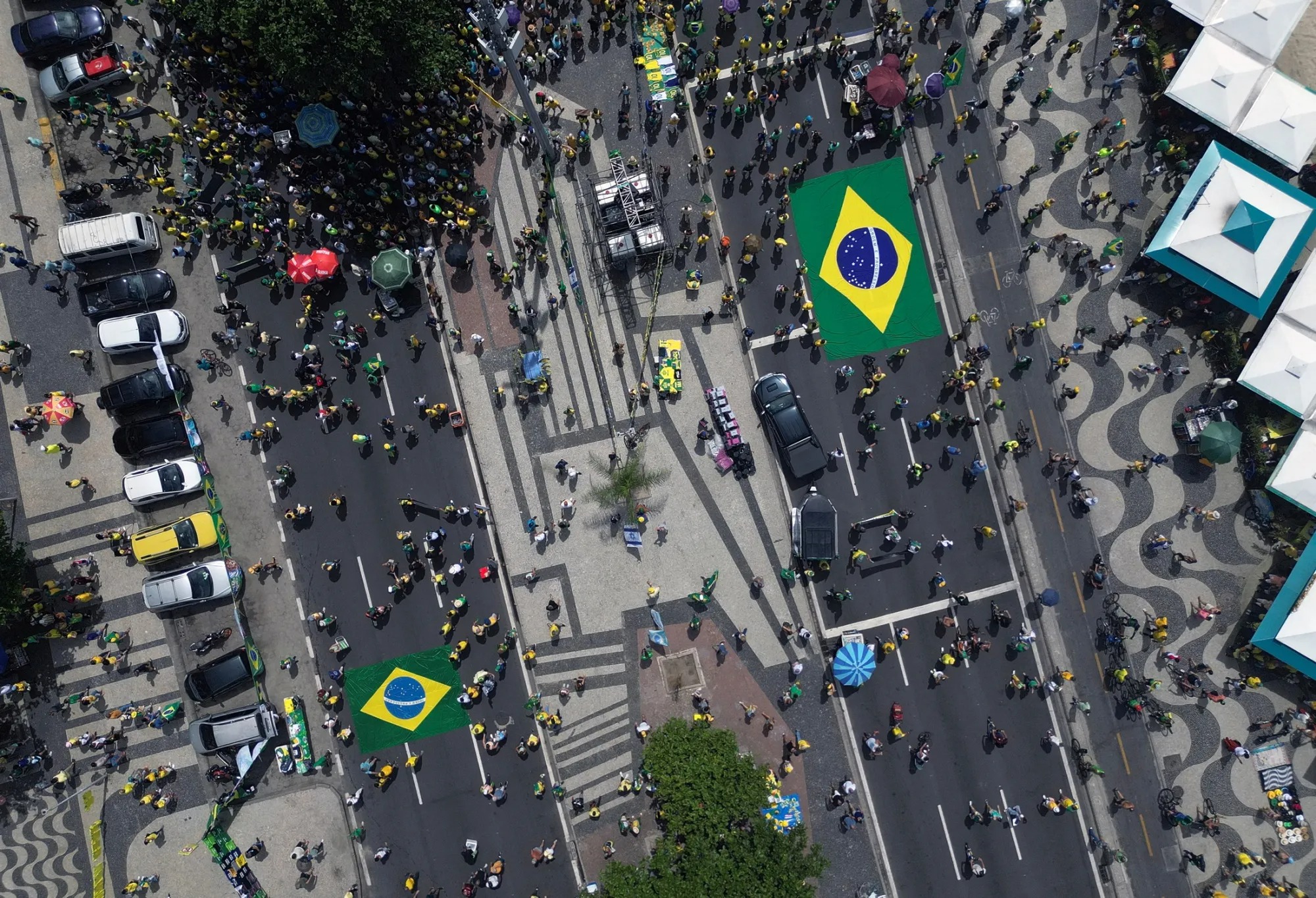
US President Donald Trump has threatened to impose a 50% tariff on Brazil, citing the legal case against former Brazilian President Jair Bolsonaro.
In a post on his social media account, Trump referred to Jair Bolsonaro, the former right-wing president and rival to Lula da Silva, who is on trial for an attempted coup following his defeat in the 2022 elections.
Trump established a political link, stating that he made this change “partly due to Brazil’s insidious attacks on free elections and the fundamental free speech rights of Americans.”
The charges against Bolsonaro, who emulated Trump’s political style during his presidency, stem from an investigation into post-election events in Brazil’s capital, which have been compared to the insurrection attempt in Washington on January 6, 2021.
As his legal troubles have mounted, Bolsonaro has repeatedly sought help from Trump.
Following Trump’s announcement, the Brazilian real lost about 3% of its value against the US dollar, and the iShares MSCI Brazil ETF, the largest exchange-traded fund tracking the country’s stocks in the US, fell by approximately 2% at market close.
Brazil was already set to be subject to a tax of at least 10% under the “reciprocal” tariffs Trump announced in April.
This letter, the latest in a series of more than 20 issued by Trump in recent days, marked the first significant increase over previously announced rates.
Shortly after the announcement, Lula convened a meeting at the presidential palace with senior cabinet members, including Finance Minister Fernando Haddad, Foreign Minister Mauro Vieira, and Vice President Geraldo Alckmin, who also heads the Brazilian Ministry of Industry and Commerce, according to two people familiar with the situation.
In a post on social media late Wednesday, Lula stated that Brazil would not be “lectured” by anyone, adding that the case against those who planned the coup is solely a matter for the country’s justice system and is “not subject to interference or threats.”
Lula said, “Any unilateral tariff increase will be met with Brazil’s economic reciprocity law. The sovereignty, respect, and interests of the Brazilian people are the principles that guide our relations with the world.”
The US is Brazil’s second-largest trading partner after China, and such a high tariff could cause significant damage to certain sectors of the South American country’s economy.
“Steel products, transportation equipment (especially aircraft and aircraft parts), special machinery (like construction equipment), and non-metallic minerals constitute a significant portion of Brazil’s exports to the US,” said Felipe Arslan, CEO of Morada Capital, speaking to Bloomberg.
Beyond the economic effects, analysts expressed concern about the political consequences of the tariffs.
The US and Brazil are historic partners that have long maintained strong relations, even when led by presidents with ideological differences, and Trump’s dynamic announcement risks jeopardizing these ties.
“This is not just a matter of bilateral trade. These tariffs indicate an institutional deterioration and damage to the relationship between our countries. A 50% tariff could make exports impossible in many cases,” said Solange Srour, head of macroeconomics for Brazil at UBS Global Wealth Management.
Trump’s announcement came just days after he threatened to impose additional tariffs on developing countries in the BRICS bloc for their “anti-American policies.”
BRICS leaders, hosted by Lula in Rio de Janeiro this week, criticized trade-distorting tariff policies and military strikes against Iran in their official communiqués. Although these steps avoided a direct challenge to the US, they created friction with Trump.
Having rarely mentioned Brazil in the first months of his term, Trump rushed to Bolsonaro’s defense on Monday, accusing the South American nation of “political persecution” against its former president.
In the letter, Trump reiterated his call for authorities to drop the charges related to the coup attempt allegations against Bolsonaro.
“This case should not be tried. This is a witch hunt and must end immediately!” Trump wrote.
Trump also instructed US Trade Representative Jamieson Greer to launch a Section 301 investigation against Brazil, citing the country’s “ongoing attacks on the digital trade activities of American companies.”
Such an investigation, used to probe potentially unfair trade practices, could lead to the US imposing additional sanctions on Brazil.
On Monday, at the end of the BRICS summit, Lula sharply criticized Trump, telling him to mind his own business and that he was “not responsible for threatening tariffs on social media.”
Lula also called on world leaders to find ways to reduce international trade’s dependence on the dollar.
A spokesperson for the Brazilian Supreme Court, which is overseeing Bolsonaro’s trial, declined to comment. Earlier on Wednesday, the Brazilian Foreign Ministry summoned the top US representative in Brazil to a meeting to provide information about the statements regarding Bolsonaro.
Brazil is an unusual case among Trump’s latest tariff targets because it runs a trade deficit with the US, whereas nearly all other targeted countries have large surpluses. According to statistics, in 2024, Brazil imported approximately $44 billion worth of American products, while US imports from Brazil totaled about $42 billion. Brazil is among the top 20 trading partners of the US.
America
AI was meant to cut costs, but now it’s creating expensive problems
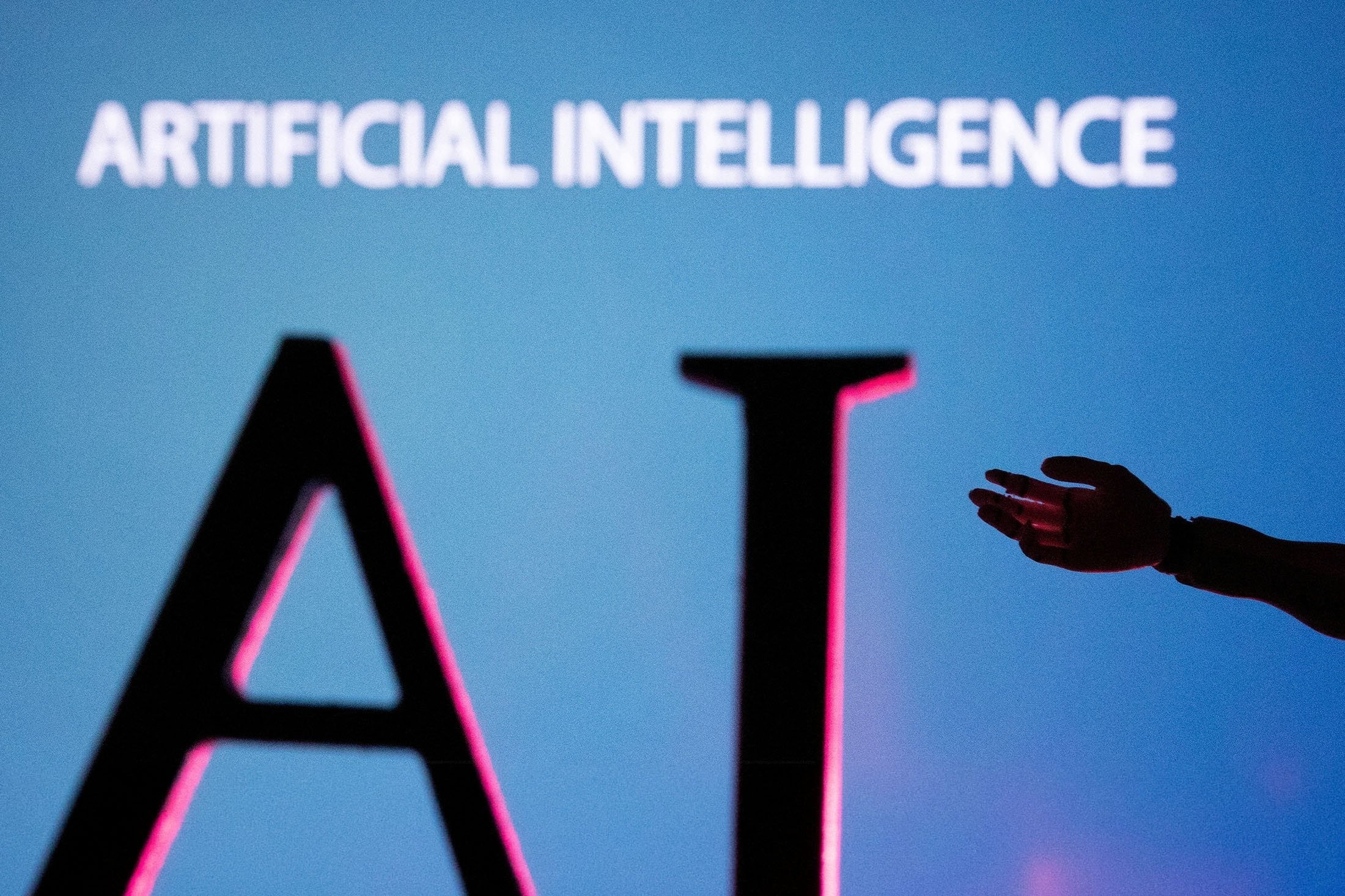
Artificial intelligence, the tech world’s most popular new concept, was embraced by companies hoping to reduce staff and cut costs. However, many firms that rushed to adopt this technology are now re-hiring people to correct the errors made by AI, spending a fortune in the process.
According to a report by the BBC, a new industry has emerged for software engineers and writers hired specifically to fix the mistakes made by artificial intelligence.
The experience of Sarah Skidd, a product marketing manager in Arizona, is a striking example of this trend. In May, a content agency contacted Skidd after the website copy generated by AI for a client in the hospitality sector failed to meet expectations. Skidd described the text as “very obviously written by AI, basic and uninteresting.” The company noted, “It was very bland when it needed to drive sales and spark curiosity.”
Skidd spent 20 hours rewriting the text from scratch, billing the agency $2,000 for her work at a rate of $100 per hour.
Skidd is not worried about AI taking her job; on the contrary, she says this trend has brought her more work. Speaking to the BBC, Skidd said, “Maybe I’m being naive, but if you’re very good at your job, you won’t have a problem.”
Like Skidd, many writers are now being hired not to create content from scratch, but to correct the errors in AI-generated text. This trend comes as AI tools like ChatGPT and Google Gemini gain popularity with the promise of optimizing workflows and cutting costs. According to a recent survey by the UK’s Federation of Small Businesses, 35% of small firms plan to increase their use of AI within the next two years.
However, these experiences demonstrate that AI still has a long way to go before it can match human standards.
Sophie Warner, co-founder of the Hampshire-based digital marketing agency Create Designs, says that over the last six to eight months, she has seen a surge in clients needing to fix problems created by AI. Warner explained, “Previously, clients would contact us when they had problems with their sites or wanted to add new functionality. Now, they go to ChatGPT first.”
However, adding code generated by ChatGPT can make websites prone to crashing and vulnerable to cyberattacks. In one case Warner described, a client asked ChatGPT how to update an event page. Warner noted that while the task would have taken only 15 minutes to complete manually, the AI-generated code crashed the website. This resulted in a three-day outage and a recovery cost of approximately £360 for the business.
Warner added, “We often have to charge a review fee to diagnose what went wrong because clients are reluctant to admit their mistake. The process of fixing these errors takes much longer than it would have if they had consulted professionals from the beginning.”
-
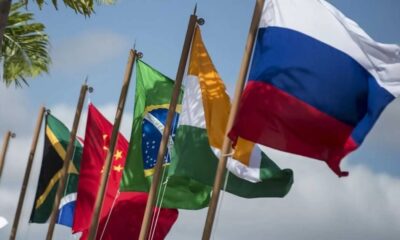
 Diplomacy2 weeks ago
Diplomacy2 weeks agoBRICS internal trade volume hits the $1 trillion mark
-

 Europe2 weeks ago
Europe2 weeks agoNew MI6 chief’s grandfather was a Nazi collaborator known as ‘The Butcher’
-
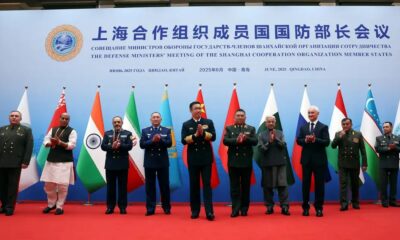
 Asia2 weeks ago
Asia2 weeks agoChina hosts SCO defense ministers on warship amid regional tensions
-

 Europe2 weeks ago
Europe2 weeks agoWeber warns against US dominance, urges European self-confidence
-
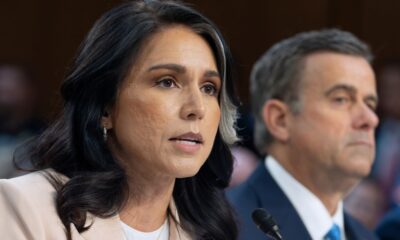
 America2 weeks ago
America2 weeks agoUS intelligence officials claim Iran’s nuclear facilities were destroyed
-
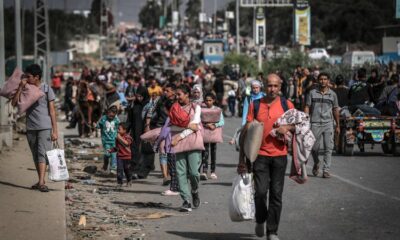
 Middle East2 days ago
Middle East2 days agoIsrael details plan for ‘humanitarian zone’ in Rafah, called a ‘concentration camp’ by critics
-
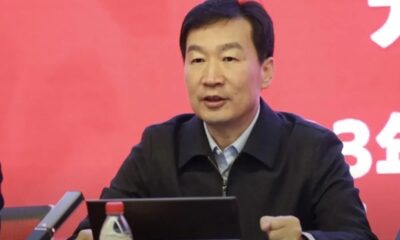
 Asia2 weeks ago
Asia2 weeks agoChinese navy chief and top nuclear scientist expelled from legislature
-
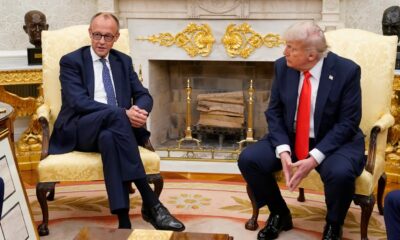
 Europe2 weeks ago
Europe2 weeks agoMerz urges Brussels to secure a US trade deal within days


